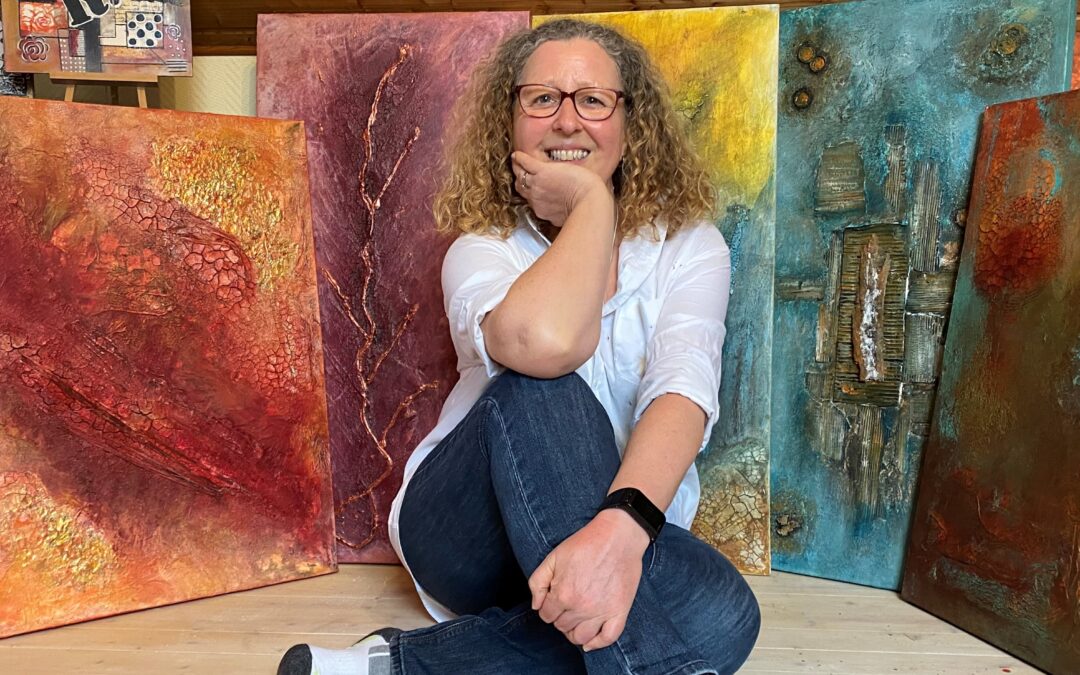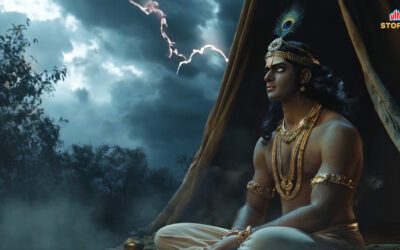Beate Limbrock´s life in Germany, has always been characterized by creativity. It has fulfilled her to shape things with her hands or to create something with appropriate tools. For example she developed Tiffany works of art from stained glass and lead. After attending a course on shaping playable puppets, the independent creation of about 50 cm large puppets made of wood modelling clay and fabrics followed.
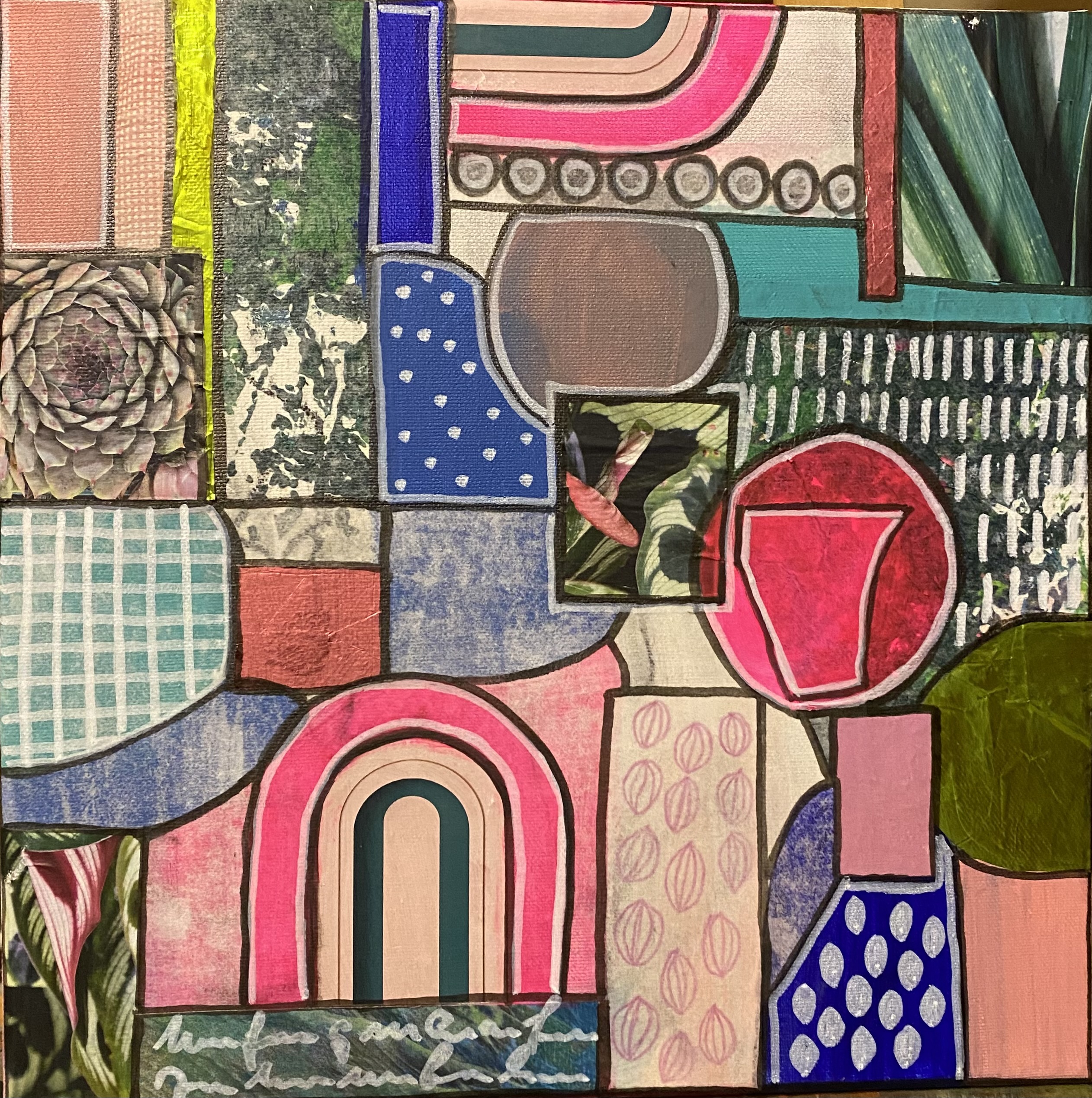
Since her curiosity about other possibilities of personal artistic expression did not end, she made an attempt to deal with painting and attended a regional art school where her talent was also certified. Over the years, regular visits to painting workshops and seminars with established, well-known German artists followed in order to get to know the variety of techniques and develop their own compositions from them. Since 2011 painting has been shaping her life from this moment and she works under the stage name ‘LibeaArt’.
In the meantime, Beate Limbrock passes on her gained experience with great joy as a lecturer at the local adult education center to those interested in painting and who want to learn more about the diversity of themes and kinds of expressions.
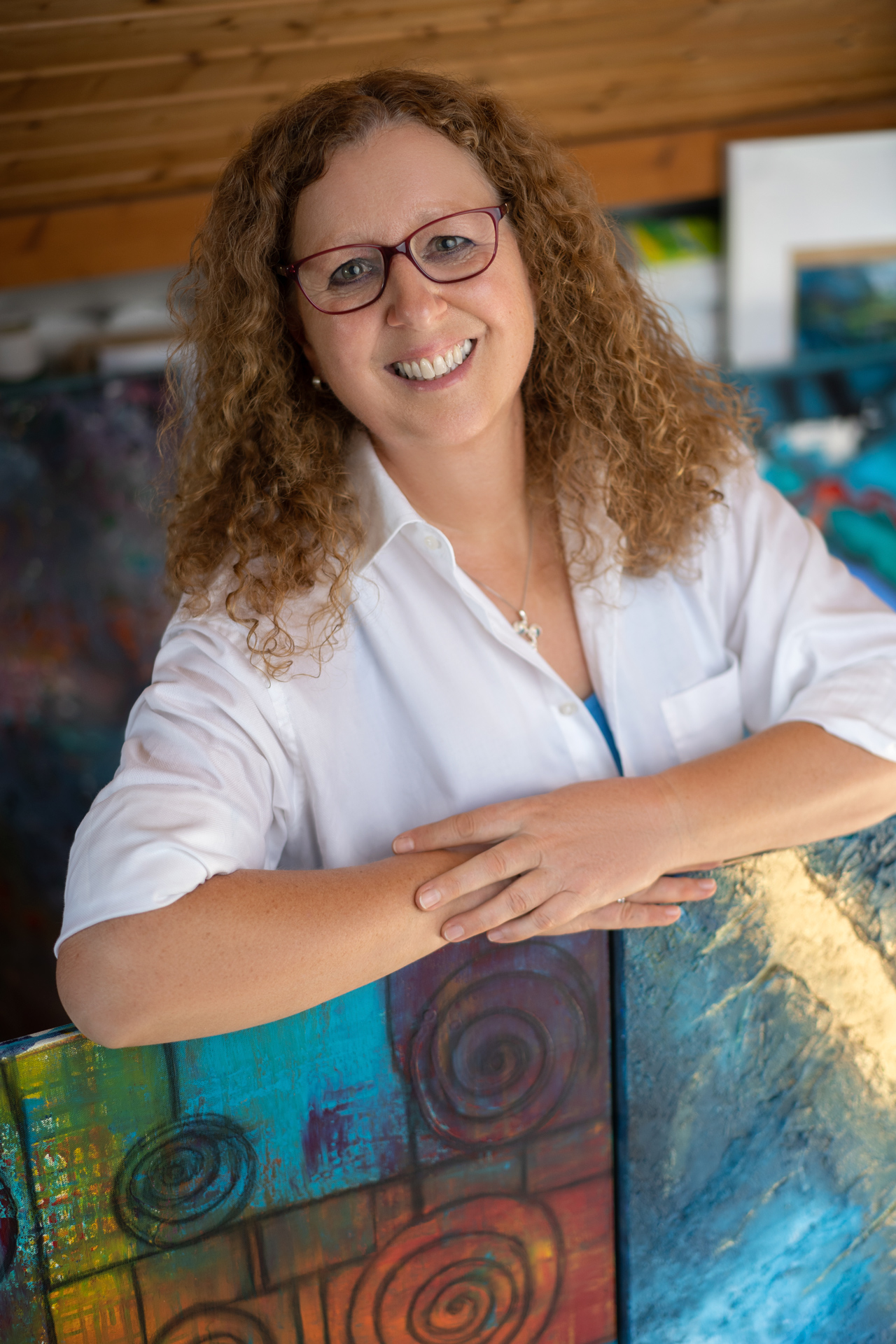
What´s your artistic background?
In the course of attending an art school, I learnt to know and appreciate the important requirement of close viewing and observing as the basis for a successful manner of representation in art. This is how my painterly expression first began in figurative painting. Over time, however, this kind of expression no longer filled me at all and my everlasting curiosity led me to abstract, sometimes also experimental art. Now I actually take advantage of my knowledge of the variety of possibilities and live them fully in my paintings. My works are created using acrylic paints, inks, pastels and/or oil crayons, charcoal, diverse pencils and structure-forming materials, such as marble powder, textured pastes, putty, paper, cardboard, etc.
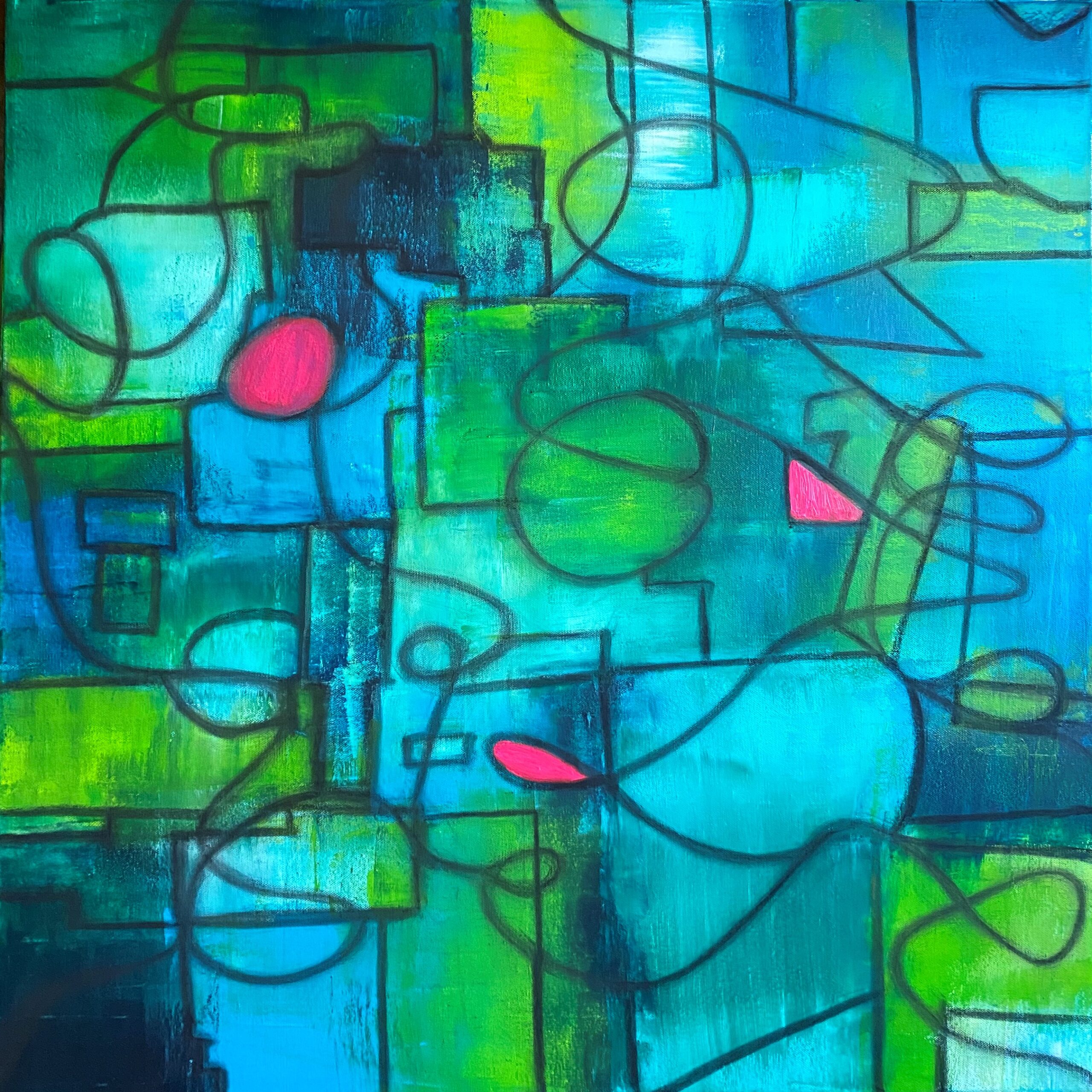
What´s integral to the work of an artist?
From my point of view and from my experience as a lecturer in painting, the soul one’s own self, his/her visions and creativity makes up the individuality and is integral to the artist’s artworks. If I let my painting students all paint the same motif, I always recognize the individuality of each individual in his or her implementation, which makes it extremely exciting for me every time and strengthens my conviction, also with regard to my own painting. This individuality appeals to the viewer of the works of art and makes them interesting for him.
What role does the artist have in society?
Artists of all kinds, whether painters, musicians, actors, writers, etc., enrich people’s lives because, in the best case, they stimulate their imagination, touch their souls, awaken positive feelings, encourage them to participate or imitate, contribute to communication and exchange, so in short, they provide the connection to each other, also are building a mirror of the society.
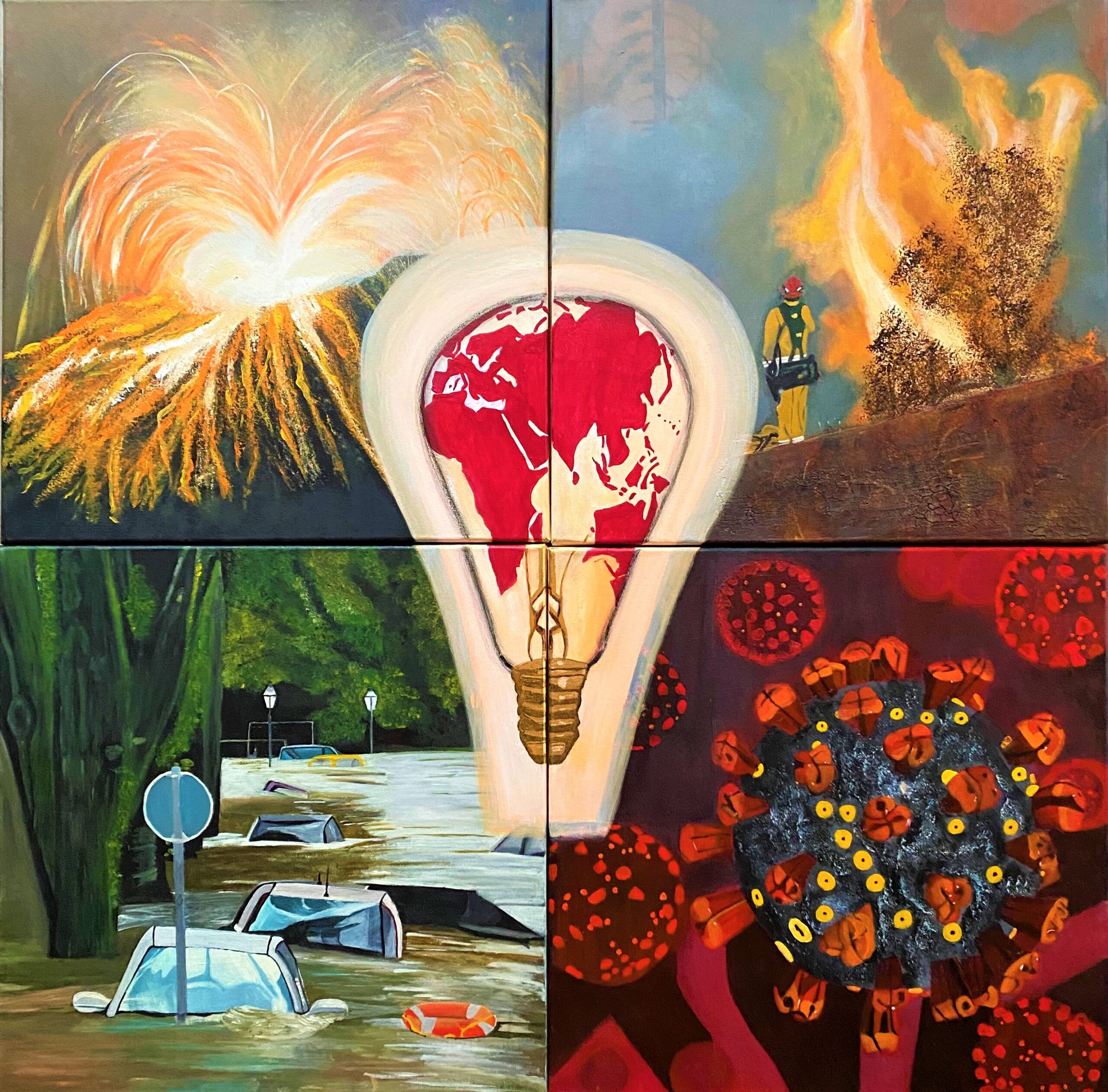
What art do you most identify with?
I don’t have a preference for any particular art movement. Rather, I would like to remain open in all directions, as art promises so many exciting things to discover and try out. I love to always embark on new and different paths, to try out new things, to create compositions in ever new facets, to merge techniques with each other.
For me, it is important to remain open to a wide variety of topics and techniques. My curiosity wouldn’t allow anything else. I’ve often been asked why I don’t want to commit to a certain genre. This would increase my recognition value considerably. I dare to say, however, that those who look closely at my various works can recognize my “handwriting”, which is characterized by order, precision and a brushstroke that is not necessarily immediately recognizable. It may not be easy for the viewer and I present him with a certain challenge, but a little build-up of tension is certainly allowed, isn’t it?
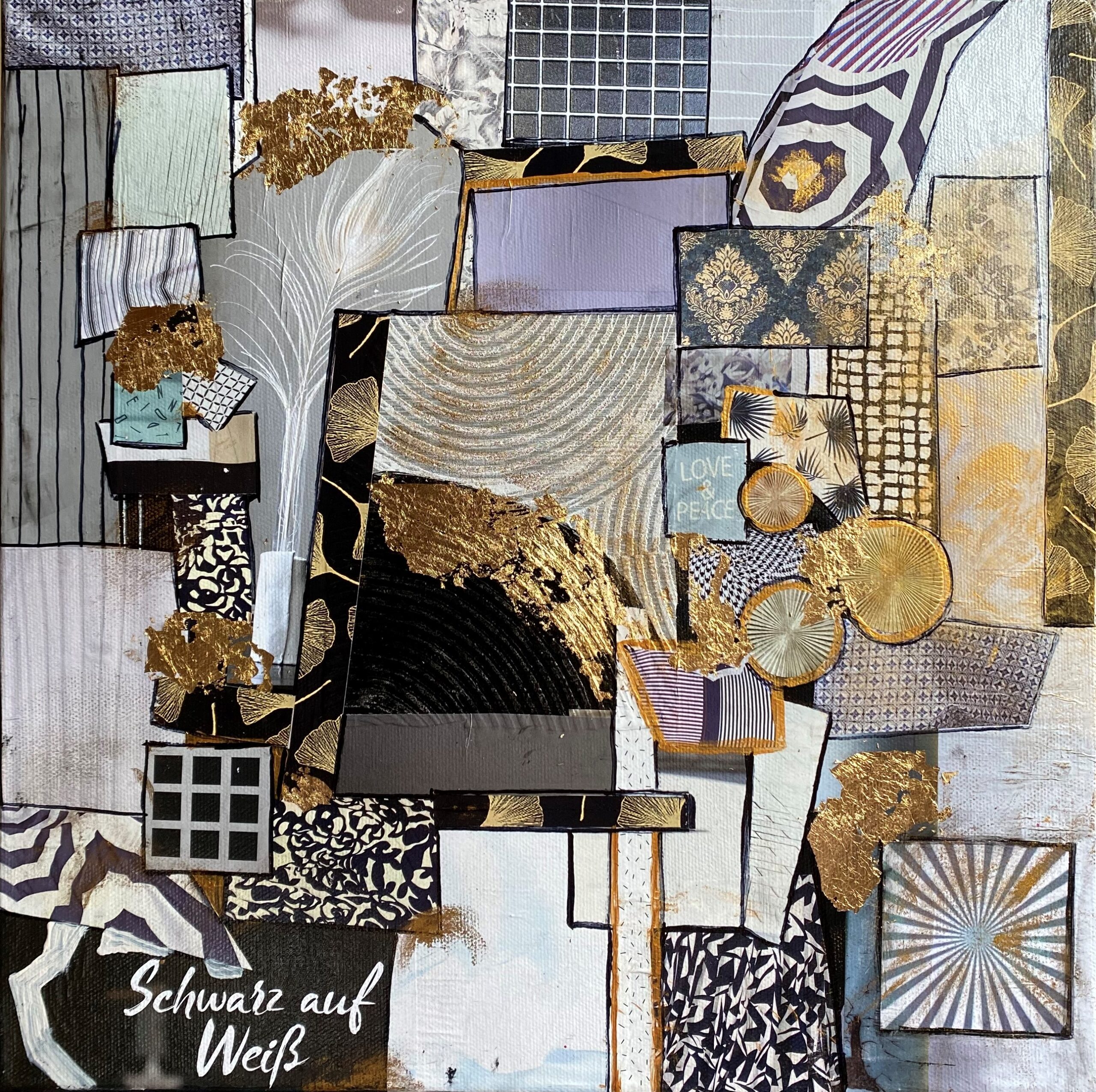
What themes do you pursue?
As an empathetic and open person, many topics naturally appeal to me. I am particularly impressed by themes of humanity, warmth, poetry, climate-, animal- and nature conservation. Nevertheless, it is important to me to go through the here and now with an open mind and, depending on one’s feelings, mood and state of mind, to get involved artistically with the moments that are offered to oneself. Often it is precisely these moods that bring something very special to light, which is reflected in the works.
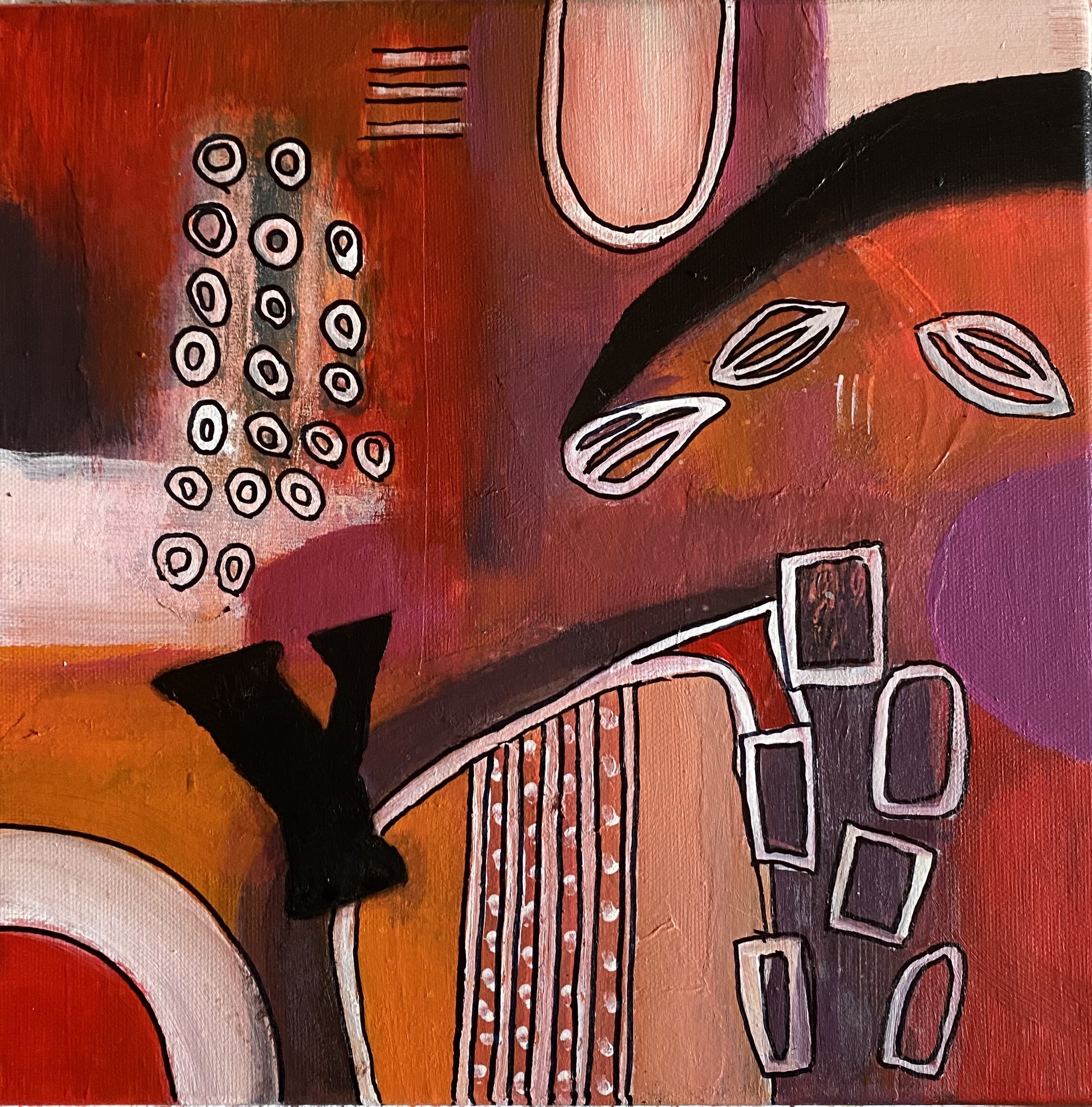
What´s your favourite art work?
Actually, I’m not fixed on that, because whenever I have a composition, varied from different techniques and somehow left to chance, I have succeeded. However, I would like to highlight one work in particular, which I created for an exhibition on the topic of “In New Light”. I immediately thought of our climate change, which is certainly partly caused by us humans and should prompt us to act and take countermeasures. We artists can’t save the climate individually, but we can put our finger in the wound with our works and point out the catastrophes and thus encourage reflection and action. This is how my work “Five to Twelve?!, was created, which I donated to my hometown after the end of the exhibition, on the condition that it be hung in the town hall in a predestined place that is easily visible to many visitors. I´m very glad because it now hangs on the floor where the city’s politicians meet for their political negotiations.
In this work, I have depicted a few disasters that are becoming more and more common today, such as volcanic eruptions, forest fires, floods, also the coronavirus, and illustrated the urgency of our countermeasures by inserting a part of the globe in red colour into a bright light bulb.
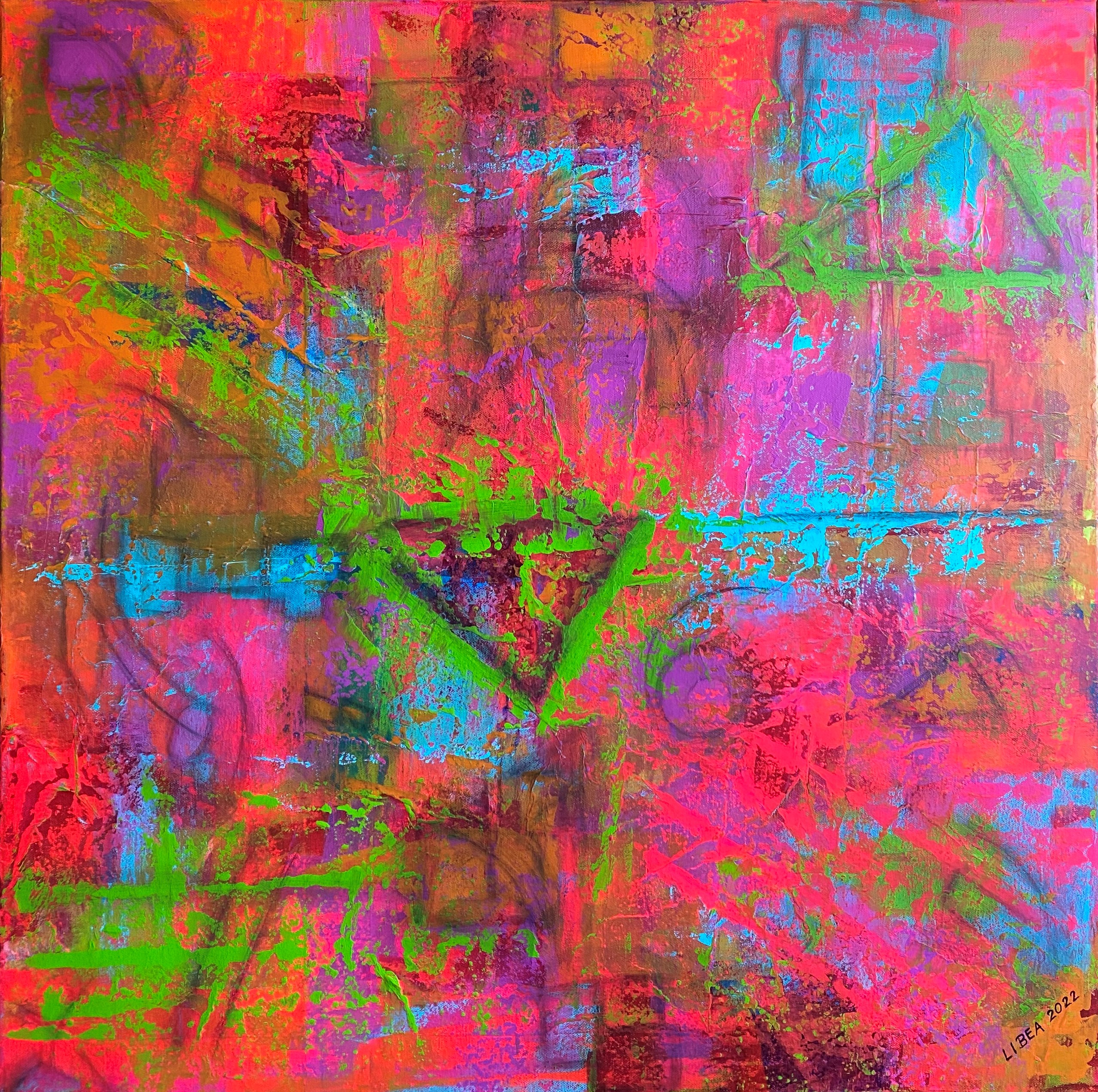
Describe a real-life situation that inspired you?
As already mentioned, I am concerned with topics such as humanity, empathy, but also mindfulness. In the daily news, we get images of refugees from war-torn or otherwise unsafe countries, of tyranny and crimes against humanity. They dismay, worry me and make me sad. As an artist, I have processed this in my work “Sensual Color Rush”, which I created for an exhibition entitled “In the Intoxication of the Senses”. Immediately the idea came to me to process our five senses – sight, hearing, smell, taste, touch – and to represent them in a chaos of colours. We need our five senses for perception and sensing. Depending on the situation, we ourselves decide whether we want to let them be influenced positively or unfortunately also negatively. It is up to us what influence we allow or reject, what paths we take, how our lives will go. In the jumble of influences, it is certainly not always easy not to get lost. This requires self-confidence, strength and a sense of right or wrong, good or bad… My work “Sensual Colour Rush” could offer the viewer the opportunity to philosophize about the “meaning of the senses” and to draw conclusions for himself.
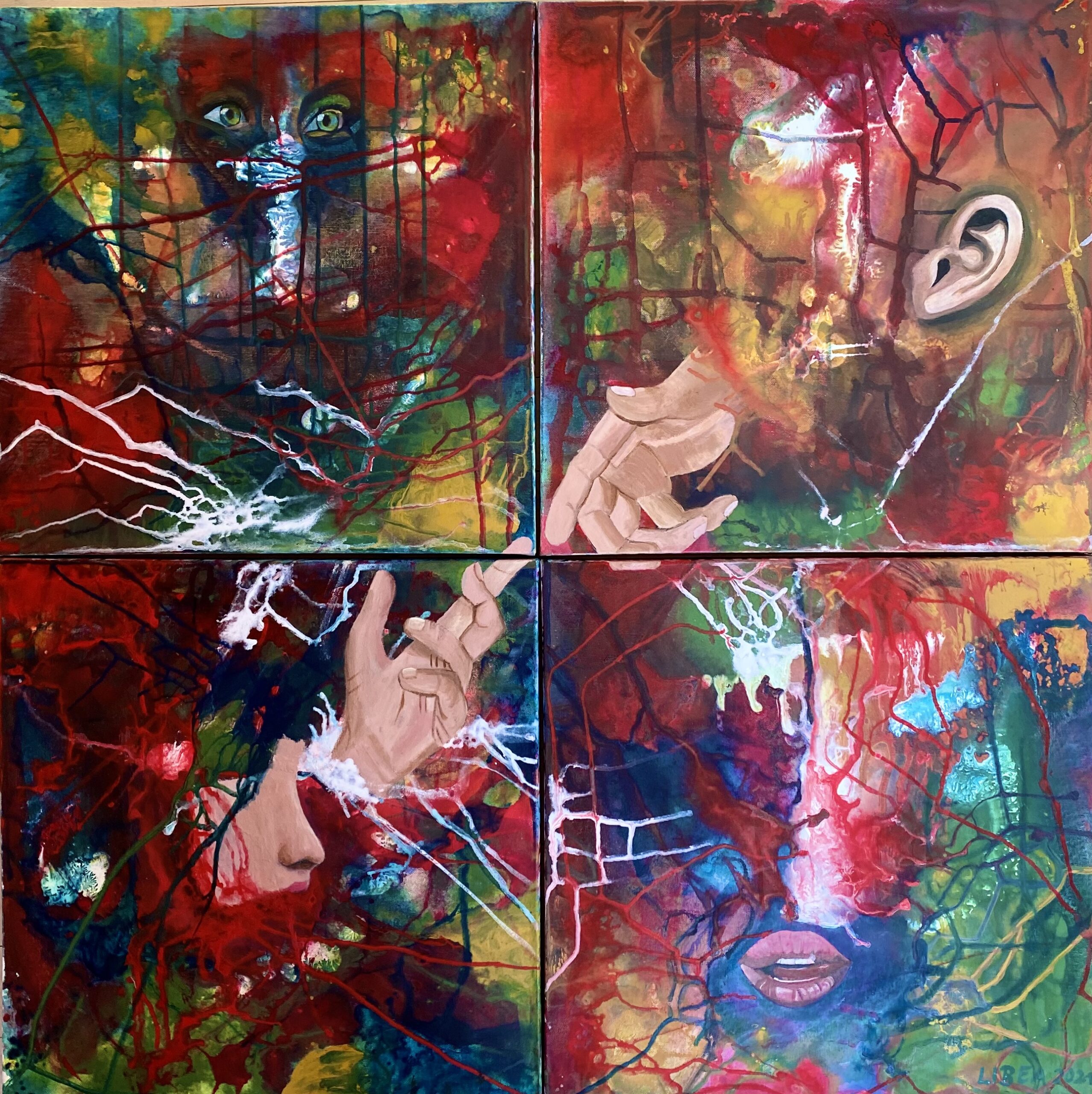
What jobs have you done other than being an artist?
For many years I was on the road professionally as a tour guide for German-speaking guests, first in Andalusia/Spain, then a few years later whole season in Sweden and Norway until I retired. Previously, in addition to raising children, I volunteered in education policy and worked with like-minded people in parents’ associations, some of which I co-founded, for a comprehensive reform of the German education system. During the time of my work as a tour guide, I had already started painting, but could only devote myself to it marginally. It is only since the end of my professional career that I have been able to fully concentrate on my artistic ambitions.

Why art?
Creativity has accompanied me through my life for a long time. It gives me the opportunity for personal expression, creation and satisfaction. Painting in particular gives me peace, forgetting the world around me, the fun of creating and the joy of the results. In art, so much can be expressed, interpreted, deals with the harmony of colours and the type of design, moving freely towards often unforeseen results. It makes you want to discover, compose, try out, interpret and enables connection with viewers. It awakes feelings, emotions, allows freedom of design and gives the artist peace of mind.
What is an artistic outlook on life?
Art offers the artist a form of expression of his feelings, his mental state, his opinion on socially relevant topics, gives free space to his joy in creating, gives him the possibility of mental connection with society. It also sharpens the artist’s attention to discovering, artistically processing and interpreting things in their respective surroundings.
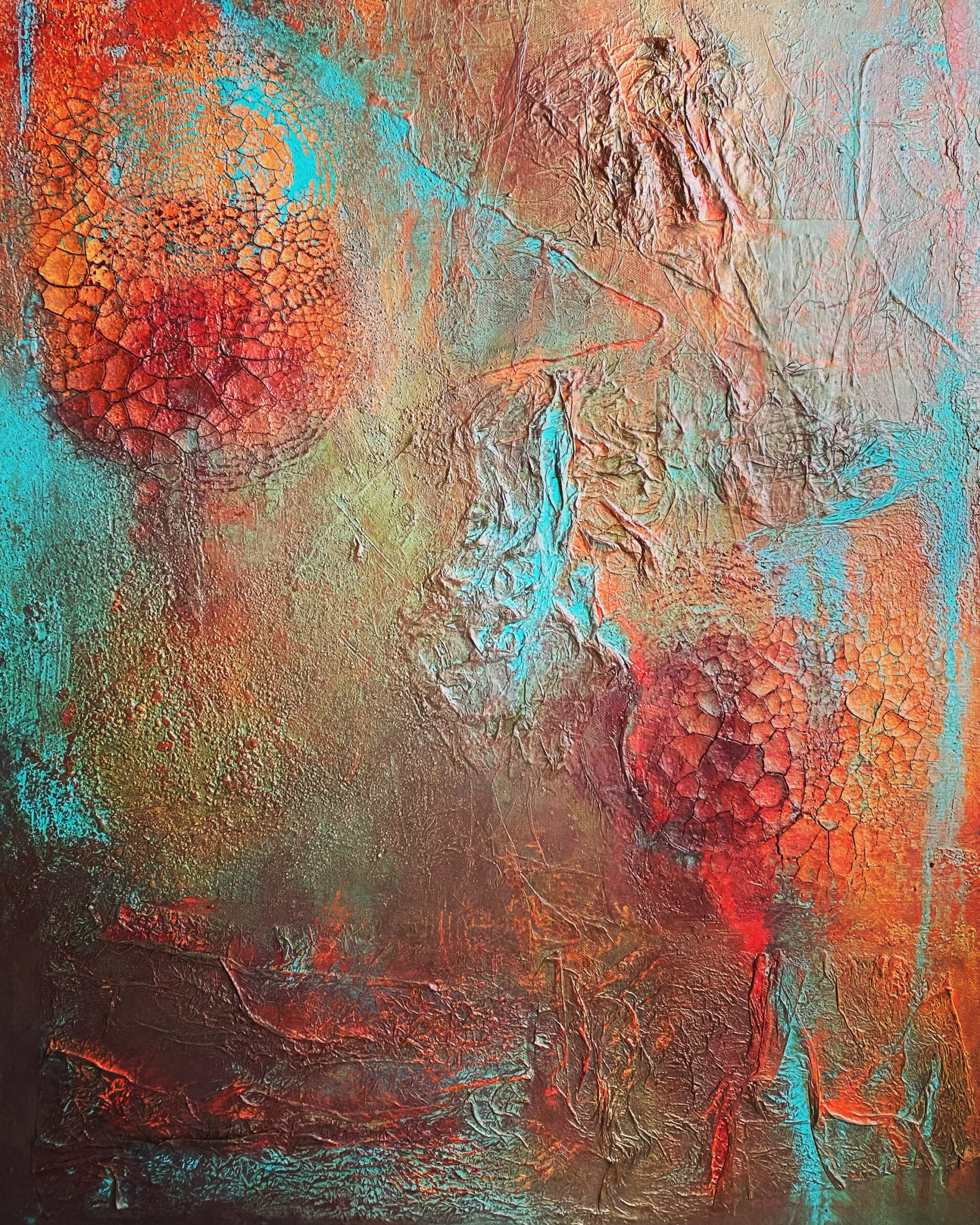
What memorable responses have you had to your work?
It’s curious what wonderful reactions I get to my works. Only occasionally does the demand come – probably out of concern about the loss of attention in society – why I don’t commit myself to a certain genre. After all, you need a recognition value, which can only be achieved by committing to a certain form of expression. My answer to them is: For me, it’s important to stay open to the possibilities that art offers. Otherwise, I would atrophy artistically and lose the desire to paint. I am convinced that I am on the right track. Gerhard Richter also shows a variety of representations that is recognized worldwide.
However, the vast majority of visitors to my exhibitions are enthusiastic about my range of representation and are happy to go on a journey of discovery through my world of “diversity through colours, figures, shapes”. A special moment for me was to win the second prize at the D’Art exhibition 2021 in my hometown with my work “Rushhour”.
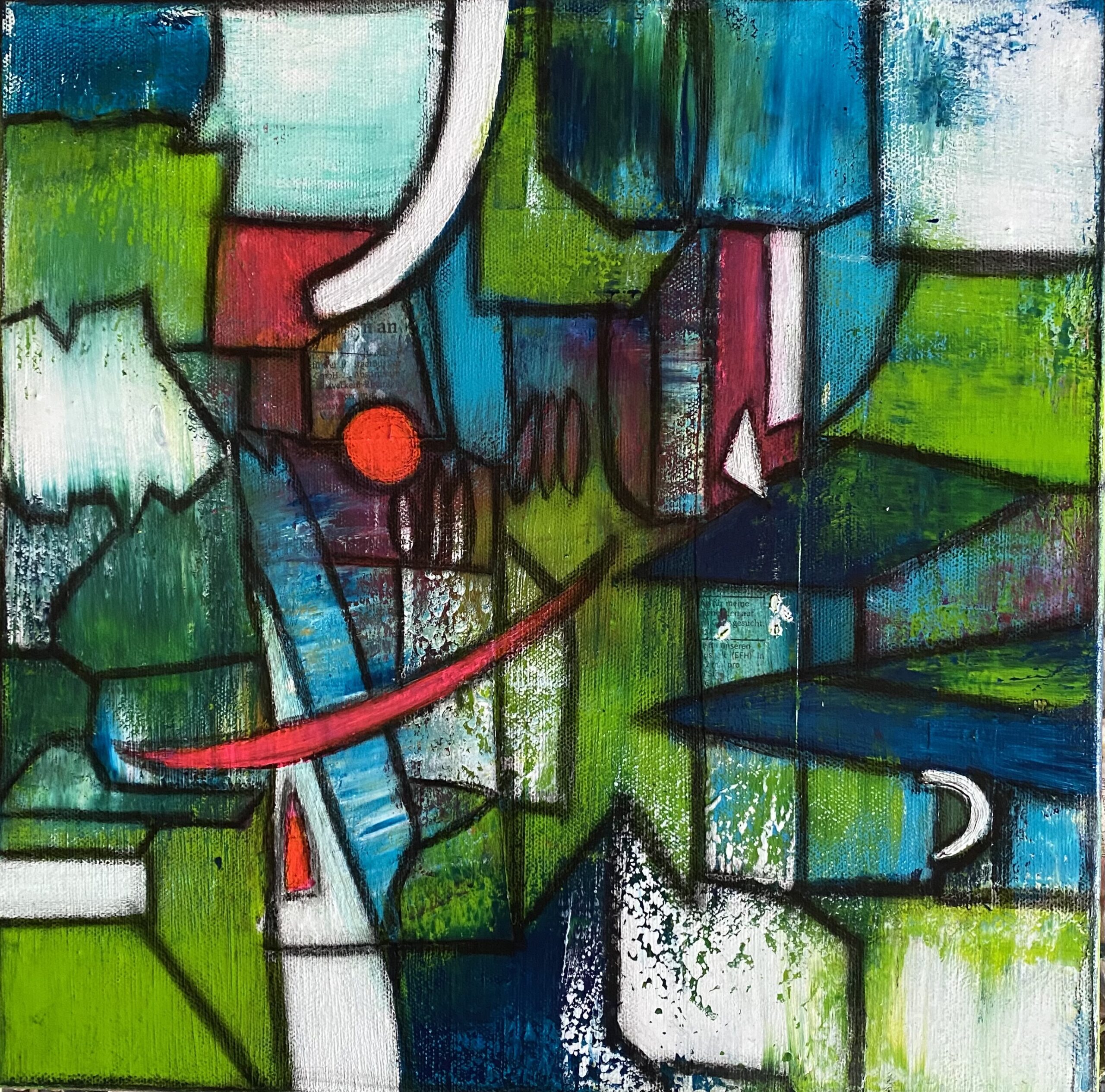
What food, drink, song inspires you?
My inspiration doesn’t come from anything like that. My attention is drawn by discoveries in my surroundings, in the environment, by social events, or simply by my own sensations at the time. When I take part in exhibitions, I naturally also serve their required themes and think about how I can give this expression.
Is the artistic life lonely? What do you do to counteract it?
No quite the opposite. My Artistic life never means loneliness, as art connects people by getting into conversation and exchanging ideas. Of course, it requires that you go public with your art and don’t hide. I regularly take part in exhibitions, am a member of two very valuable artists’ associations and also give art lessons at the adult education centre and I´m engaging with other artists on social media which has also led to a few closer contacts, so I am in regular contact with other artists and art enthusiasts.
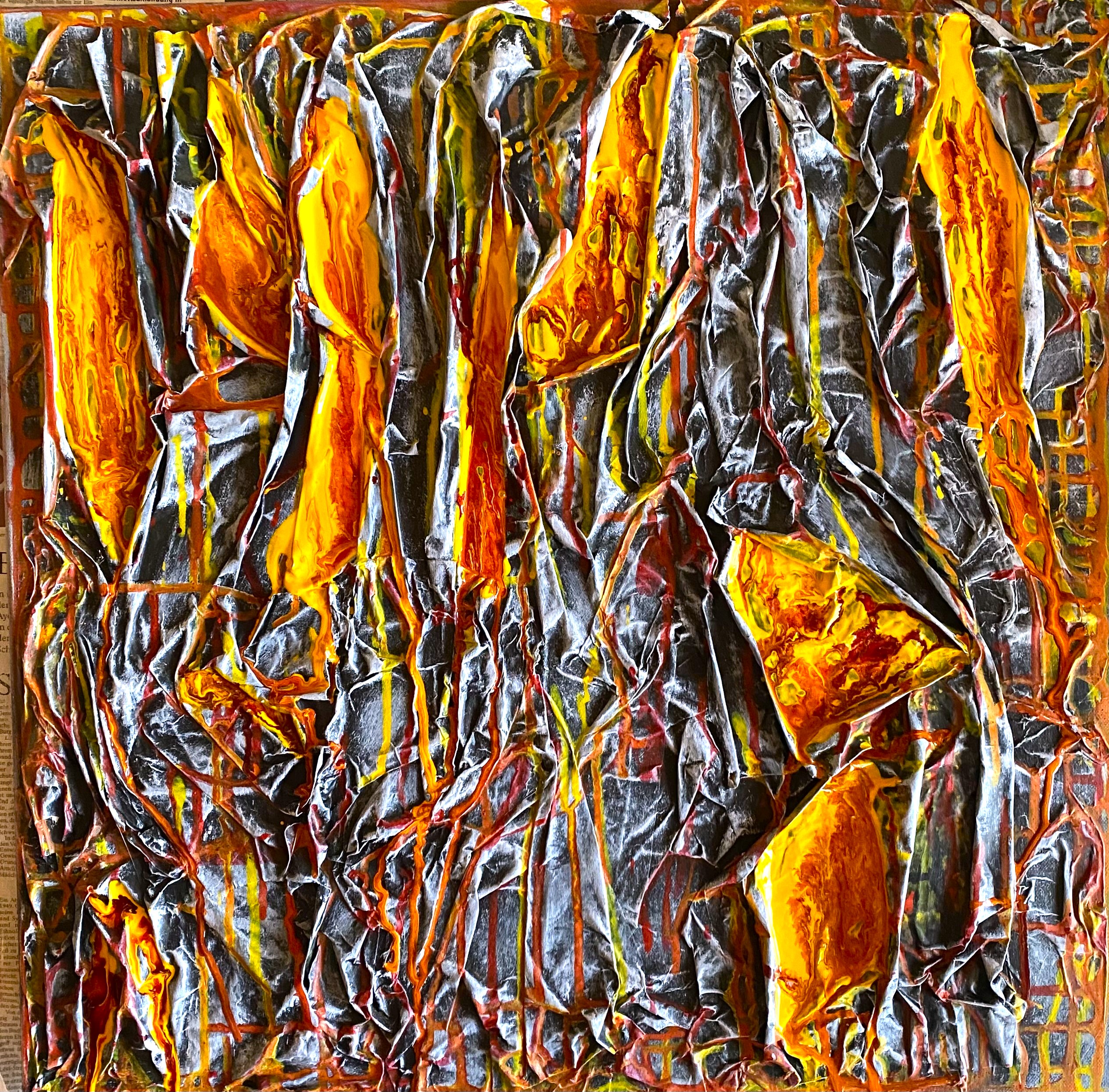
What do you dislike about the art world?
In fact, I struggle with the fact that the established art society exerts enormous pressure on artists to always create something new, something that has never existed before, but also to turn to only one genre in order to be recognized. Recently, a fellow artist told me that he was racking his brains trying to find something that had never existed before. That wouldn’t let him sleep at night. This robs the artist of any illusion, any pleasure, inhibits his development and takes away his self-esteem, which makes me very sad.
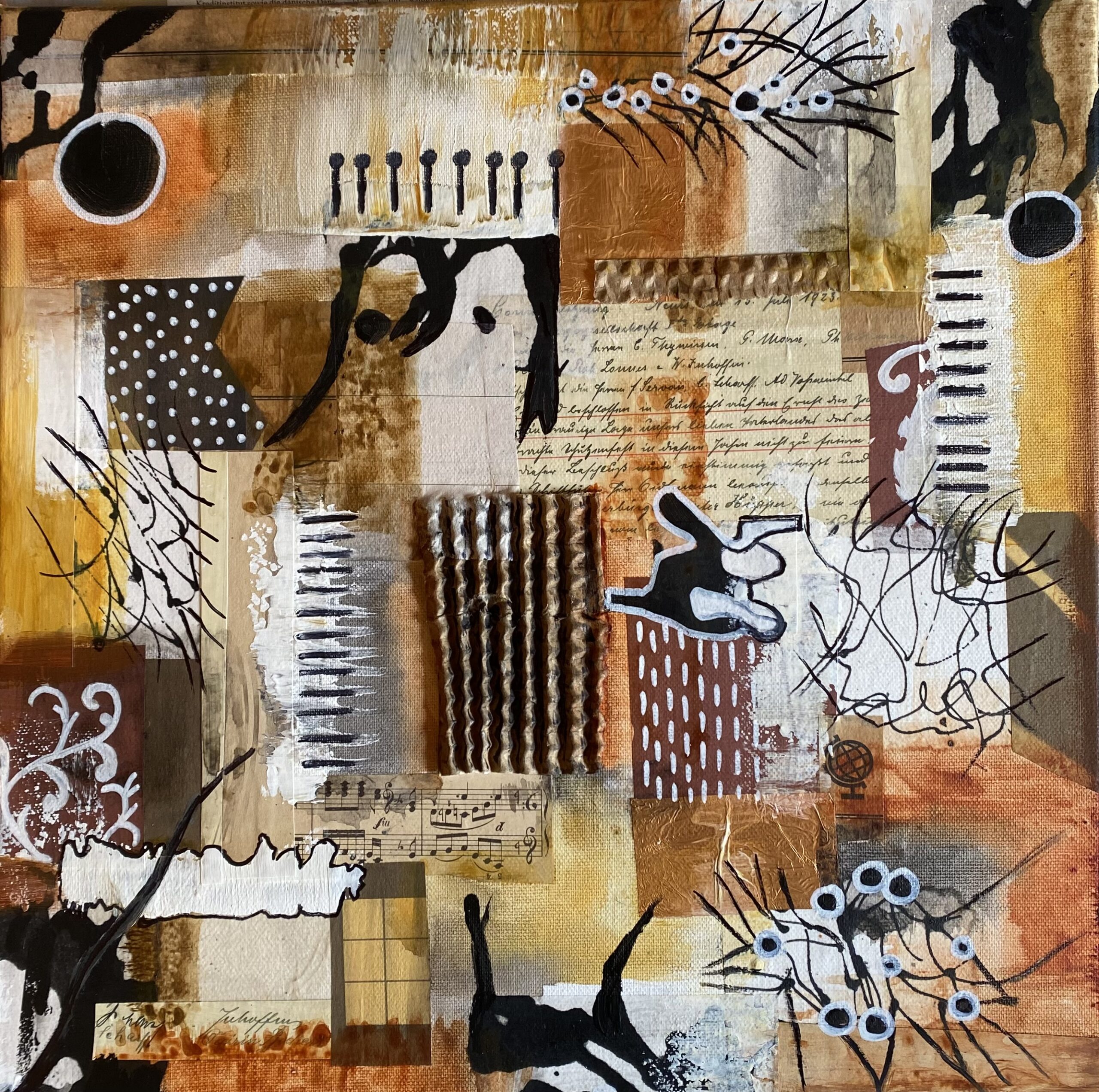
What do you dislike about your work?
As an artist who makes his/her art public through participation in exhibitions or through his solo exhibitions, you naturally also have the intention of selling one or the other work. Unfortunately, one is confronted with the ignorance of the prospective buyers, which there are in abundance, of how much work, thought, material and time is behind the creation on the canvas, because the usual prices called by the artist are not recognized and certainly not paid. Rather, these are compared with the prices for prints that are available cheaply in hardware- or furniture stores.
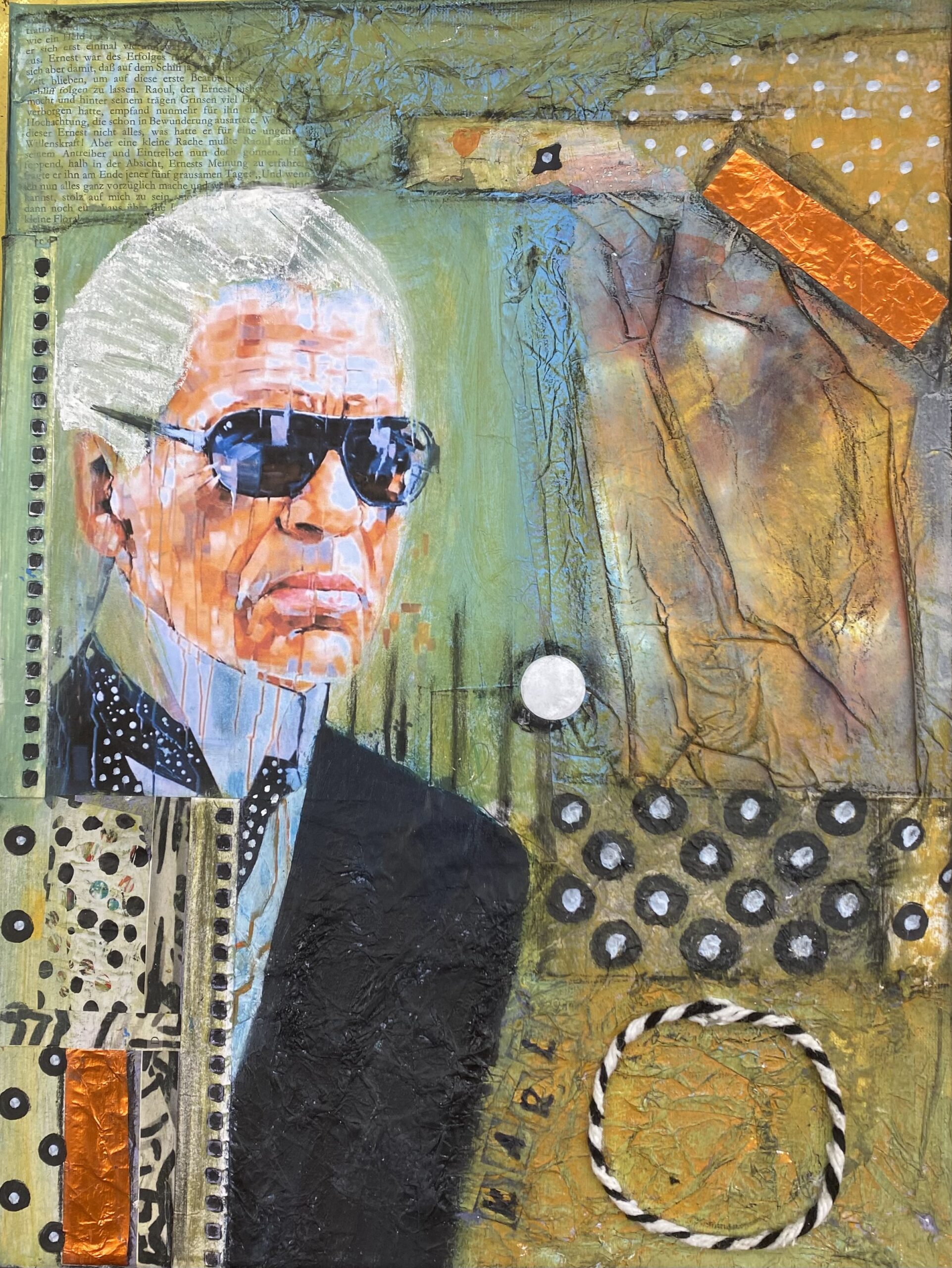
What do you like about your work?
I love to express myself through my works, to lose myself in them, to think about the choice of colours, the use of structures and design. I am often curious about the result, which is not visible from the outset. That’s also the reason why I like to dedicate myself to experimental painting more often. Working with an open mind brings me excitement and passion, which I also like to pass on to my painting students in my courses.
Should art be funded?
Of course, I believe that the promotion of art is essential. Art connects society, draws attention, educates, makes the viewer think, and, if necessary, promotes commitment to action. Art funding supports artists in their creativity and in their possibilities of implementation.
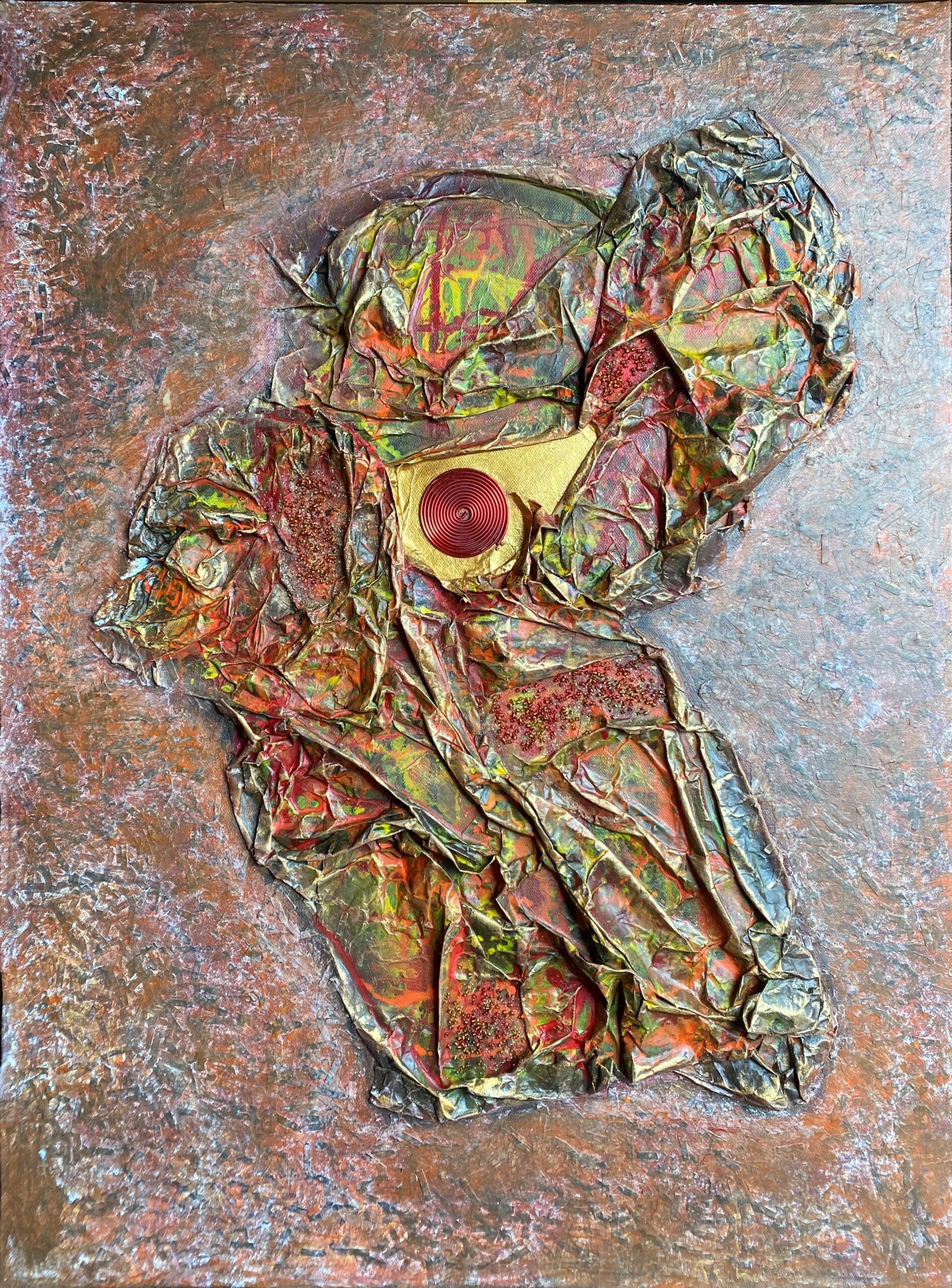
What role does art funding have?
Promoting the arts plays a major role in supporting artists, as it gives them the opportunity to tackle larger, possibly more expensive projects, which are more noticed by society and, in the best case, also more accepted. In this way, cultural diversity can become much more visible.
What is your dream project?
I would like to paint much larger formats, but I don’t have the space for that, because I only have an adequate, but not very large studio and therefore have no space to store these formats. Renting a large studio is beyond my financial means. Having already been able to exhibit some of my works in the course of a group exhibition in a museum, it is my dream to have my own solo exhibition in a museum or other larger environment.
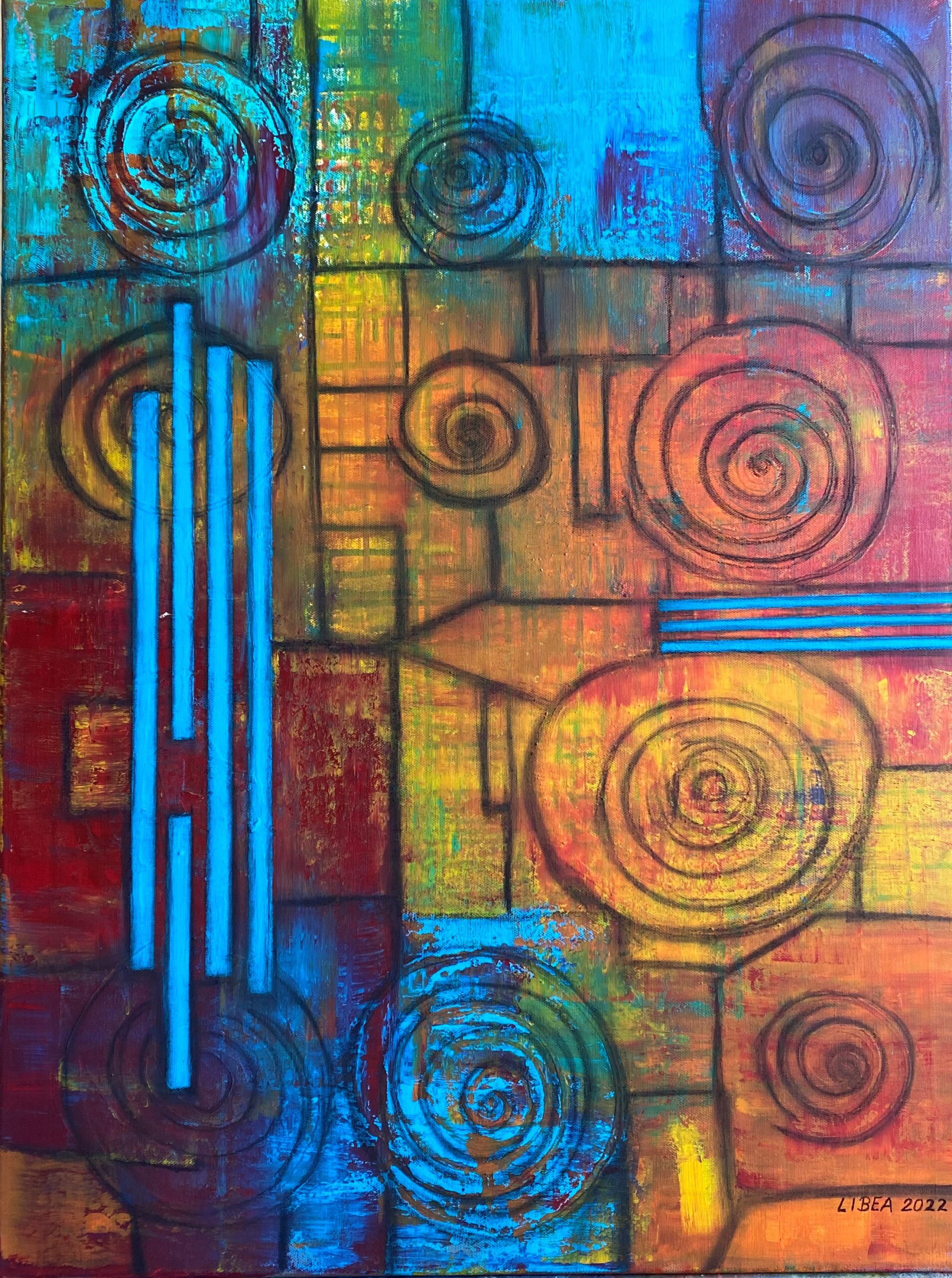
Name three artists you´d like to be compared to.
I’m not so presumptuous as to want to compare myself with other artists. Every artist is unique and should be recognized as such.
Favourite or most inspirational place?
It is not a particular place that inspires me, but my surroundings, my environment, special everyday motifs or things that prompt me to capture or interpret something on canvas.
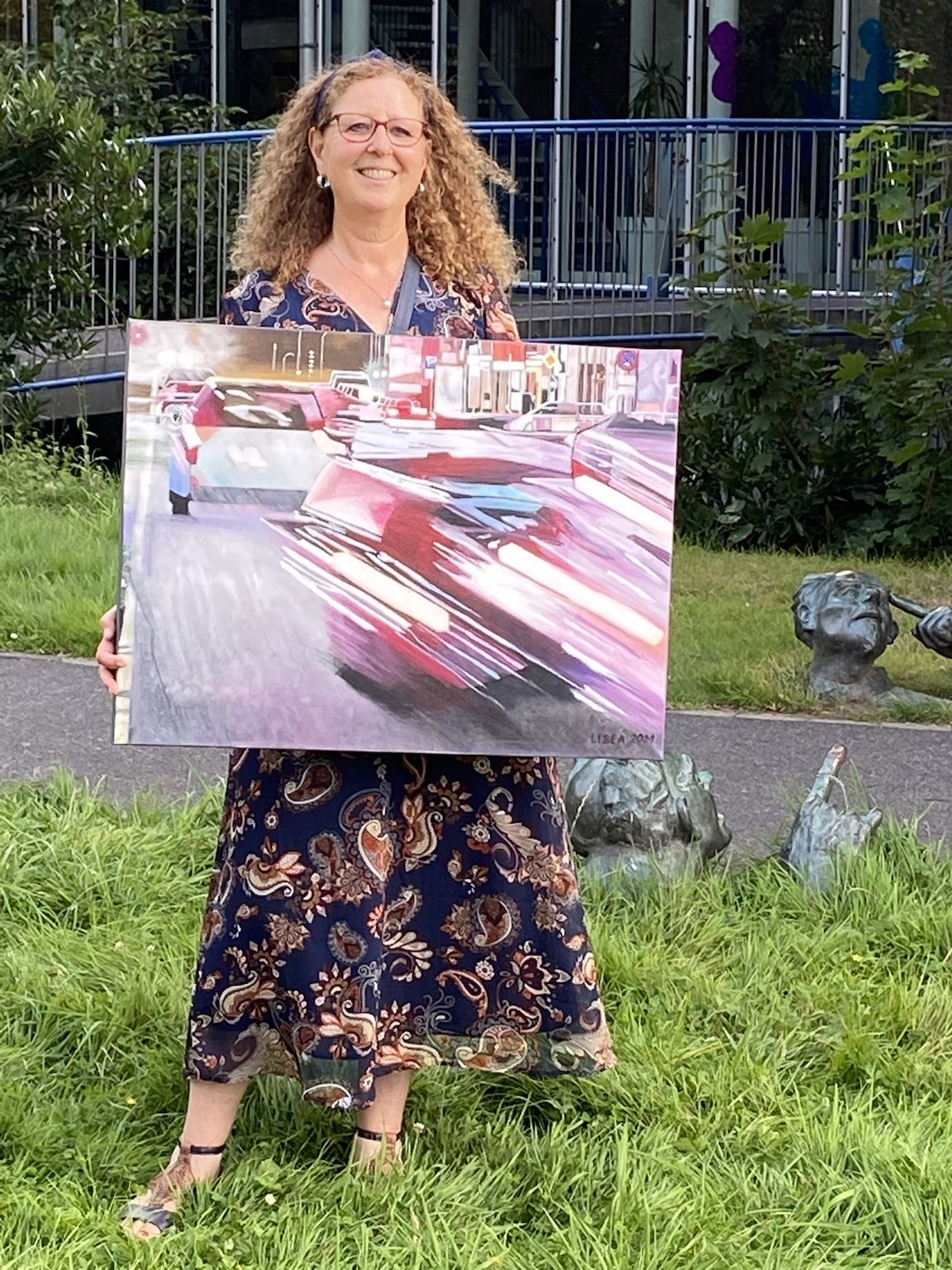
What´s the best piece of advice you´ve been given?
In moments when you have the feeling that you are not getting any further with the work you have started, the ideas for a new work just don’t want to come, or you despair of the failed composition, then a dear person comes along and tells you not to give up, instead to believe in yourself, then this is the best advice you can get.
Professionally, what´s your goal?
In the meantime, I have made my way from a hobby painter to a regionally recognized artist. My goal is to be perceived as an artist, not necessarily worldwide, but nationally, and to take a place in the larger recognized art world.
Future plans?
My plans are to continue to participate in renowned exhibitions and, of course, to organize more of my own solo exhibitions. I would be very happy to receive invitations to participate in large national /international public exhibitions/fairs.


